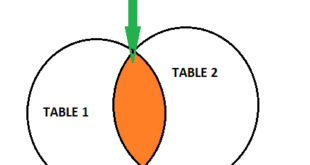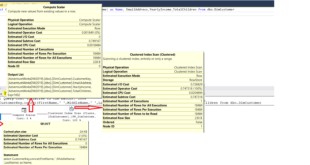In SQL, an anti join is a type of JOIN that returns only the rows from one table that do not have matching rows in the other table. It is also sometimes referred to as an “excluding join” or “left anti join”. The opposite of an anti join is an …
Read More »Anti Join in SQL: Definition, Usage and Example for Data Analysis
In SQL, an anti join is a type of JOIN that returns only the rows from one table that do not have matching rows in the other table. This means that an anti join is useful when you want to find records that are present in one table but not …
Read More »Mastering SQL JOIN’s: Understanding the 6 Types of Joins for Efficient Data Retrieval
In SQL, a JOIN is a command used to combine two or more tables into a single result set based on a common field. This allows you to retrieve data from multiple tables at once and is a fundamental operation in relational databases. When using a JOIN command, you specify …
Read More »SQL Trigger
In SQL, a trigger is a special type of stored procedure that is automatically executed in response to certain events, such as an INSERT, UPDATE, or DELETE operation on a table. Triggers are often used to enforce business rules or perform other automatic processing when data is changed in a …
Read More »Understanding Execution Plan in SSMS: A Comprehensive Guide
In this blog we learn about Execution plan in SSMS. SQL Server Management Studio (SSMS) is an integrated environment that allows database administrators and developers to work with SQL Server. One of the features that make SSMS so useful is the Execution Plan, which provides insight into how SQL Server …
Read More » IT2EDU Empowering Education Through Technology
IT2EDU Empowering Education Through Technology


